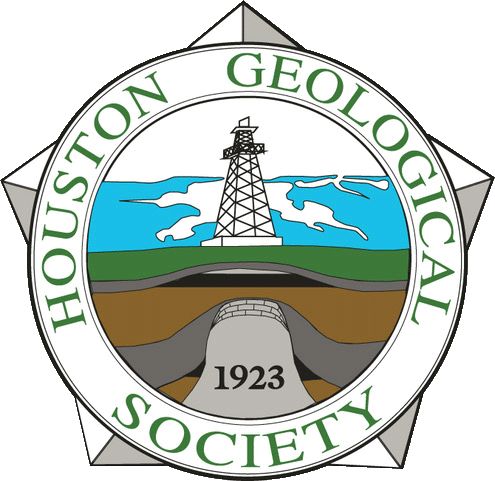




Shaping Our Understanding of the World: Africa, Exploration, and Member Connections
Lucía Torrado (editor@hgs.org)
Some stories demand attention, not only for their scientific merit, but for the subtle ways they shape our understanding of the world. This month’s Bulletin is one such collection, with a special focus on African geology in anticipation of the upcoming Africa Conference on October 24-25th (don’t forget to register!).
Having recently attended IMAGE 2025, it became clear that African contributions - from keynote talks to exhibit booths - are increasingly growing in geoscience research and exploration across the continent. A standout session, the Discovery Thinking Forum: Integrating Geology and Geophysics, highlighted major deep-water discoveries in Africa (among other places in the world) and underscored the importance of interdisciplinary approaches to understanding complex geological settings. It seemed only fitting, then, that this issue highlights both the rich geology of Africa and the innovative work emerging from its geoscientists.
Deep-water exploration in Africa is expanding rapidly, driven by high-profile discoveries in frontier areas such as Namibia, Senegal/Mauritania, and Côte d'Ivoire, alongside established hubs in West Africa. As explorers move into acreage where complex sedimentary systems hold untapped potential, the traditional focus on classic turbidite plays is widening to include the role of contourites: reservoirs, seals, and migration pathways every bit as critical as downslope systems. This shift is illustrated in this issue's Technical Article on mixed turbidite–contourite systems offshore South Africa and the Feature Article on Namibia's Orange Basin. Yet, sedimentary processes are only part of the story: crustal architecture and thermal history govern source-rock maturation and migration just as powerfully, a theme also underscored in this issue's extended abstract from Nigeria.
This holistic perspective- looking at both what is deposited and what lies beneath -echoes beyond hydrocarbons. In Senegal, for example, a Geoscientists Without Borders project featured in this Bulletin issue, used geophysics to locate scarce groundwater in crystalline terrain while training the next generation of geoscientists. It is a reminder that in the end, whether we are mapping contourite drifts offshore or aquifers onshore, the goal is the same: to deepen our understanding of the Earth and to use that knowledge to build a more resilient world.
Inspired by conference insights and designed to benefit HGS Members:
I am excited to introduce a new feature in the Bulletin, inspired by networking experience during IMAGE. At the conference, participants were sharing traditional business cards, but increasingly QR codes are being used to connect directly to professional profiles. This sparked the idea to include a similar concept in the Bulletin.
Members now have the opportunity to feature their own business cards with live links to their LinkedIn profiles, allowing colleagues to connect directly. This feature is designed to help HGS members showcase their expertise and network more effectively. As always, the Bulletin is created for our members, and contributions to this section are welcome.
Introducing Geo-Picks:
Geo-Picks is a new section showcasing recommendations from HGS members. Whether it's a fascinating museum exhibit, an insightful book, a thought-provoking documentary, or any resource that inspires or informs, Geo-Picks highlights tips and reviews from our geoscience community.
This section is all about sharing discoveries and providing practical or creative ideas that members can explore. Contributions are always welcome! If you have a favorite geoscience-related find or experience, let me know.
In This Issue of the Bulletin:
Lorem ipsum dolor sit amet, consectetur adipisicing elit, sed do eiusmod tempor incididunt ut labore et dolore magna aliqua. Ut enim ad minim veniam, quis nostrud exercitation ullamco laboris nisi ut aliquip ex ea commodo consequat.
